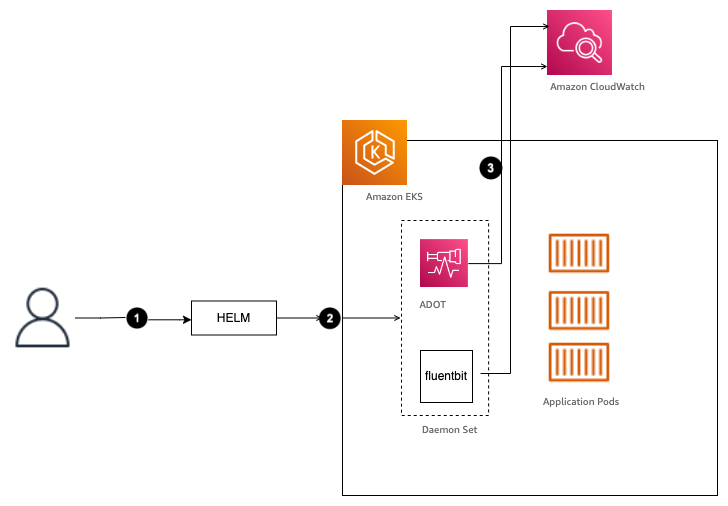AWS Architecture Blog
Genomics workflows, Part 2: simplify Snakemake launches
Genomics workflows are high-performance computing workloads. In Part 1 of this series, we demonstrated how life-science research teams can focus on scientific discovery without the associated heavy lifting. We used regenie for large genome-wide association studies. Our design pattern built on AWS Step Functions with AWS Batch and Amazon FSx for Lustre. In Part 2, […]
Let’s Architect! Optimizing the cost of your architecture
Written in collaboration with Ben Moses, AWS Senior Solutions Architect, and Michael Holtby, AWS Senior Manager Solutions Architecture Designing an architecture is not a simple task. There are many dimensions and characteristics of a solution to consider, such as the availability, performance, or resilience. In this Let’s Architect!, we explore cost optimization and ideas on […]
Email delta cost usage report in a multi-account organization using AWS Lambda
AWS Organizations gives customers the ability to consolidate their billing across accounts. This reduces billing complexity and centralizes cost reporting to a single account. These reports and cost information are available only to users with billing access to the primary AWS account. In many cases, there are members of senior leadership or finance decision makers […]
Amazon CloudWatch Insights for Amazon EKS on EC2 using AWS Distro for OpenTelemetry Helm charts
This blog provides a simplified three-step solution to collect metrics and logs from an Amazon Elastic Kubernetes Service (Amazon EKS) cluster on Amazon Elastic Compute Cloud (Amazon EC2) using the AWS Distro for OpenTelemetry (ADOT) Helm charts repository and send them to Amazon CloudWatch Logs and Amazon CloudWatch Container Insights. The ADOT Helm charts repository […]
Optimize your modern data architecture for sustainability: Part 2 – unified data governance, data movement, and purpose-built analytics
In the first part of this blog series, Optimize your modern data architecture for sustainability: Part 1 – data ingestion and data lake, we focused on the 1) data ingestion, and 2) data lake pillars of the modern data architecture. In this blog post, we will provide guidance and best practices to optimize the components […]
How to select a Region for your workload based on sustainability goals
The Amazon Web Services (AWS) Cloud is a constantly expanding network of Regions and points of presence (PoP), with a global network infrastructure linking them together. The choice of Regions for your workload significantly affects your workload KPIs, including performance, cost, and carbon footprint. The Well-Architected Framework’s sustainability pillar offers design principles and best practices […]
Let’s Architect! Architecting with Amazon DynamoDB
NoSQL databases are an essential part of the technology industry in today’s world. Why are we talking about NoSQL databases? NoSQL databases often allow developers to be in control of the structure of the data, and they are a good fit for big data scenarios and offer fast performance. In this issue of Let’s Architect!, […]
Building event-driven architectures with IoT sensor data
The Internet of Things (IoT) brings sensors, cloud computing, analytics, and people together to improve productivity and efficiency. It empowers customers with the intelligence they need to build new services and business models, improve products and services over time, understand their customers’ needs to provide better services, and improve customer experiences. Business operations become more […]
Author Spotlight: Luca Mezzalira, Principal Serverless Specialist Solutions Architect
The Author Spotlight series pulls back the curtain on some of AWS’s most prolific authors. Read on to find out more about our very own Luca Mezzalira’s journey, in his own words! My name is Luca, and I’m a Principal Serverless Specialist Solutions Architect—probably the longest job title I’ve ever had in my 20-year career […]
Genomics workflows, Part 1: automated launches
Genomics workflows are high-performance computing workloads. Traditionally, they run on-premises with a collection of scripts. Scientists run and manage these workflows manually, which slows down the product development lifecycle. Scientists spend time to administer workflows and handle errors on a day-to-day basis. They also lack sufficient compute capacity on-premises. In Part 1 of this series, […]







